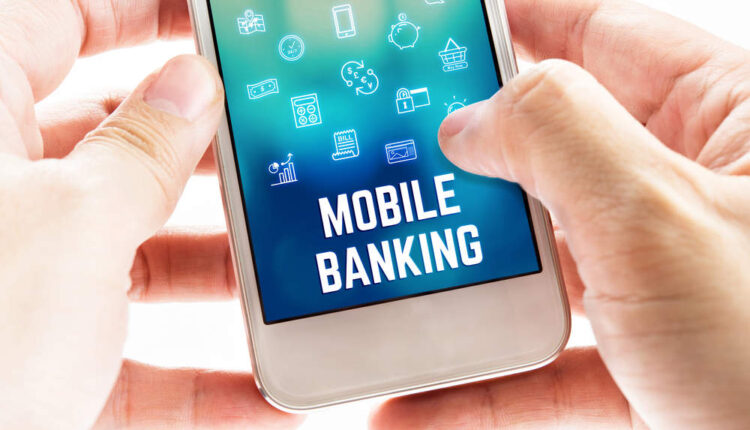How Mobile Banking App Helps To Manage Your Daily Finances?
Traditionally, there were several ways that we have used to manage our finances, including:
- Using a checkbook or ledger: In the past, we often used a checkbook or ledger to track our spending and income. This involved writing down each transaction in a physical book, such as a checkbook or ledger, and manually calculating the balance.
- Visiting a bank branch: Earlier, we visited a bank branch in person to conduct financial transactions, such as depositing or withdrawing money, paying bills, or applying for loans.
- Using ATMs: Automated teller machines (ATMs) have been around for decades and have been a popular way for people to access their money and conduct financial transactions.
- Receiving and paying bills by mail: In the past, we often received bills by mail and paid them by mailing a check or money order back to the issuer.
- Using credit cards: Credit card payment have been around since the 1950s and have become a popular way for people to make purchases and manage their finances.
These traditional methods of managing finances can be time-consuming and inconvenient compared to the convenience and speed of modern financial tools and technologies, especially the benefit of having an online bank. However, these traditional methods are still used by some people and may be suitable for those who prefer a more hands-on approach to managing their finances.
Mobile banking apps such as yono can be convenient and useful for managing your finances. Here are a few tips for using your mobile banking app to manage your money better:
- Set up budgets and track spending: Many mobile banking apps offer budgeting tools to set spending limits and track your spending in real-time. By setting budgets and tracking your spending, you can better understand where your money is going and make informed decisions about your financial habits.
- Schedule bill payments: Mobile banking apps often allow you to schedule bill payments in advance, which can be a convenient way to ensure that your bills are paid on time. You can also set up automatic payments for recurring bills, such as your rent or mortgage.
- Transfer money between accounts: Mobile banking apps make it easy to transfer money between your accounts, such as your checking and savings accounts, or to send money to other people. These can be a useful way to manage your finances and make sure you have the funds you need when you need them.
- Account balance and transaction history: Mobile banking apps allow you to check your account balance and transaction history anytime, anywhere. These can be a convenient way to stay on top of your finances and identify potential issues or discrepancies.
- Set financial goals: Many mobile banking apps offer tools and resources to help you set financial goals and track your progress. For example, you might aim to save a certain amount of money each month or to pay off a specific debt. By setting financial goals and tracking your progress, you can work towards improving your financial situation and achieving your long-term financial goals.
Overall, mobile banking apps can be useful for managing your finances and staying on top of your financial situation. By taking advantage of your mobile banking app’s various features and resources, you can better manage your money and work towards your financial goals.


Comments are closed.